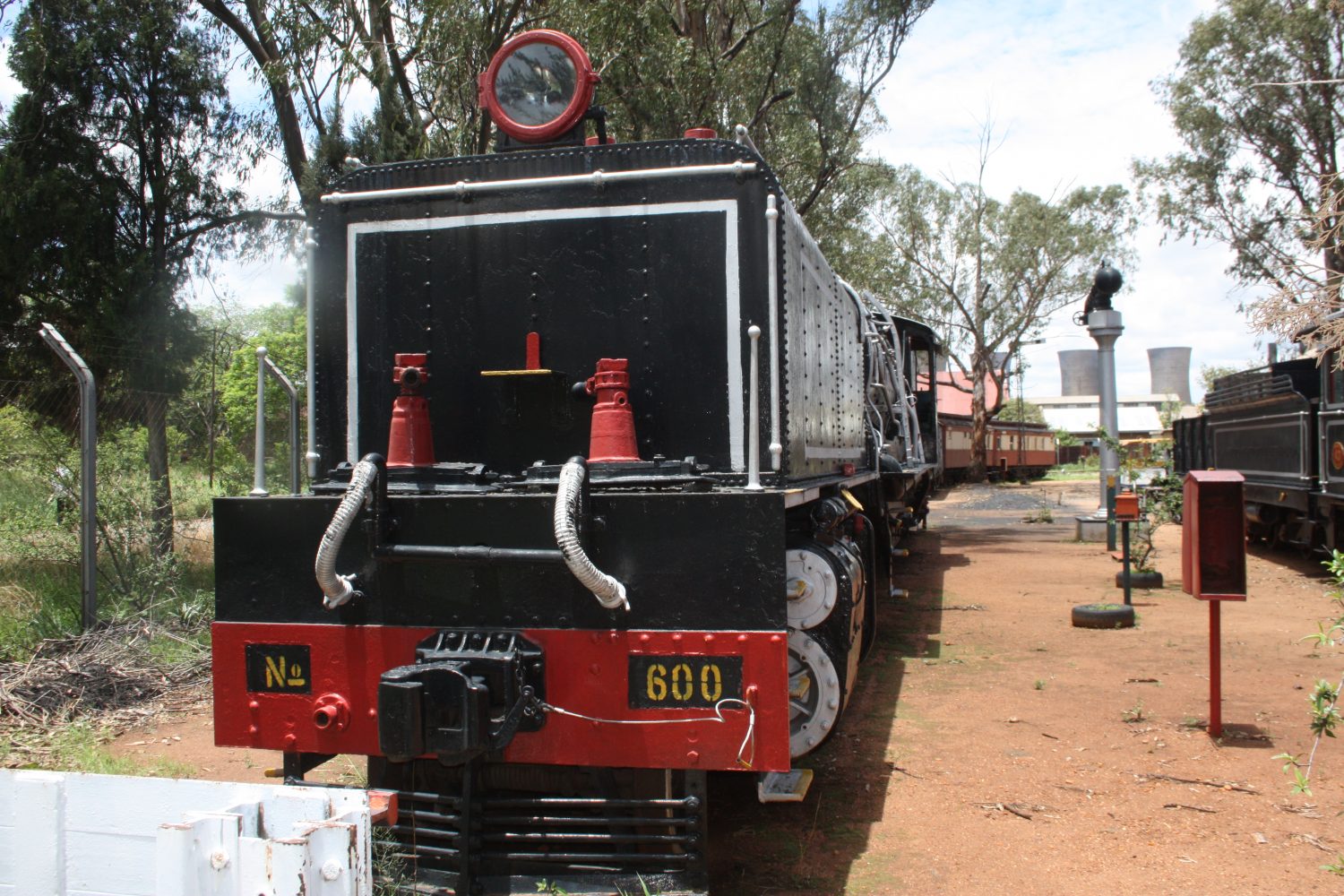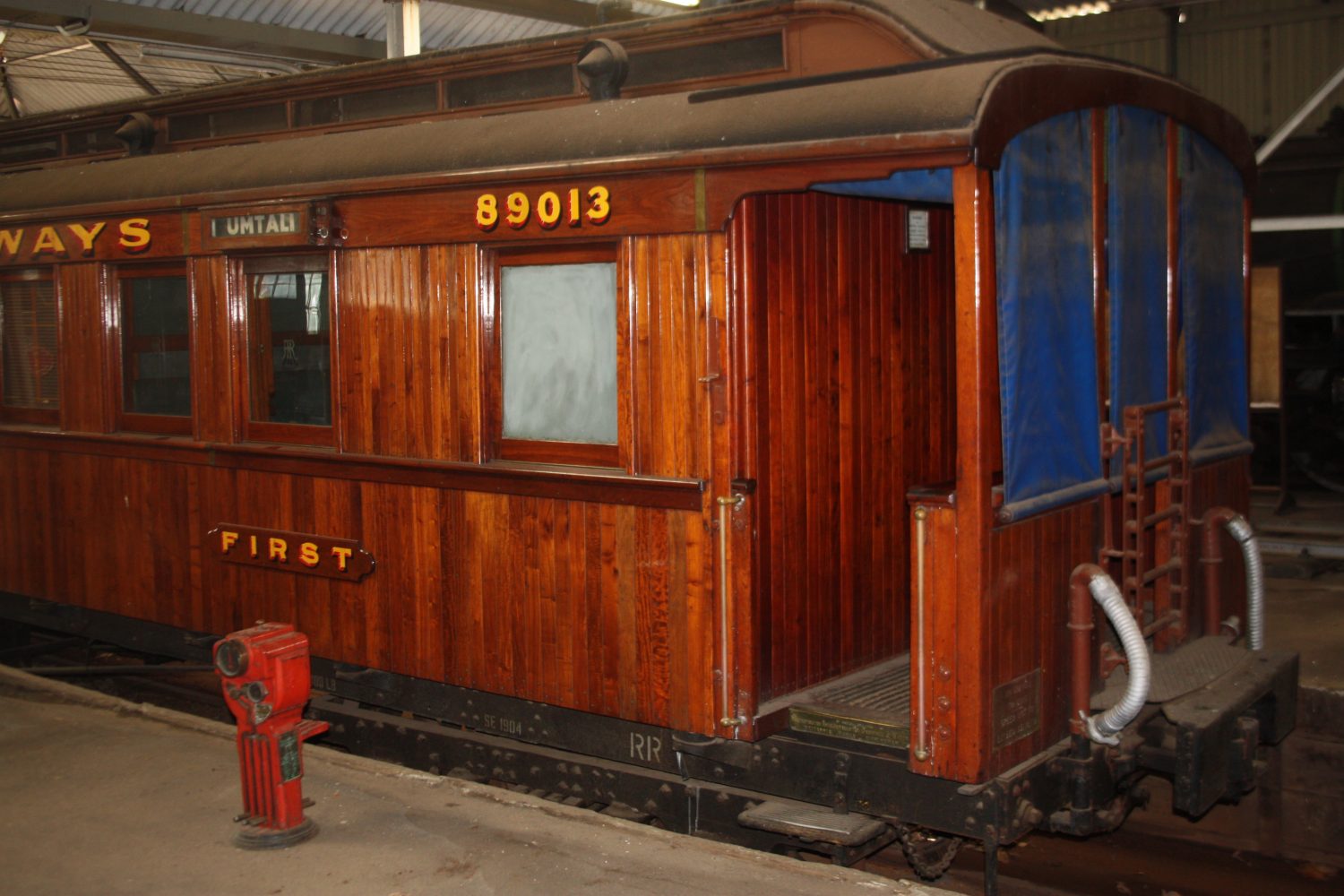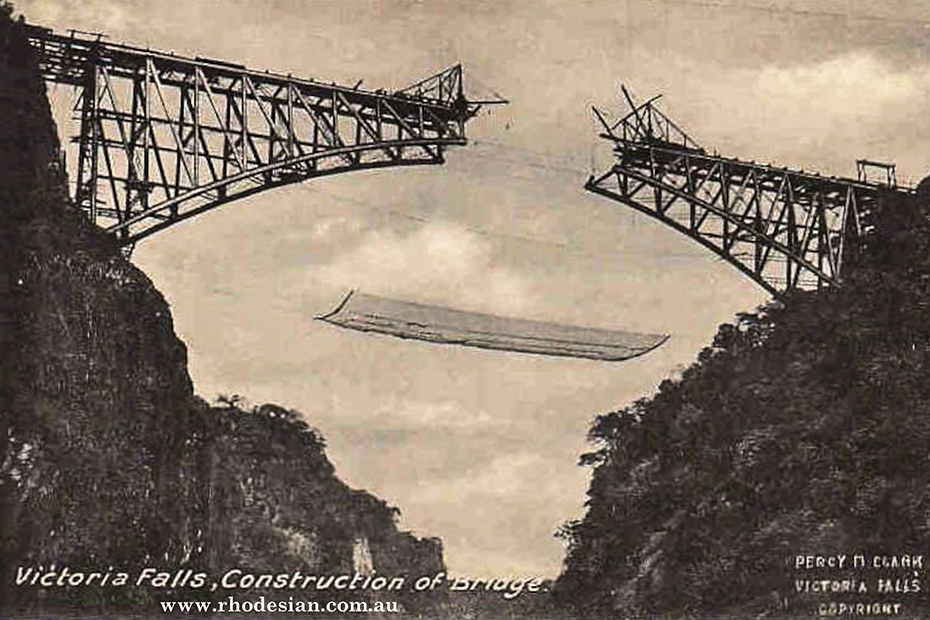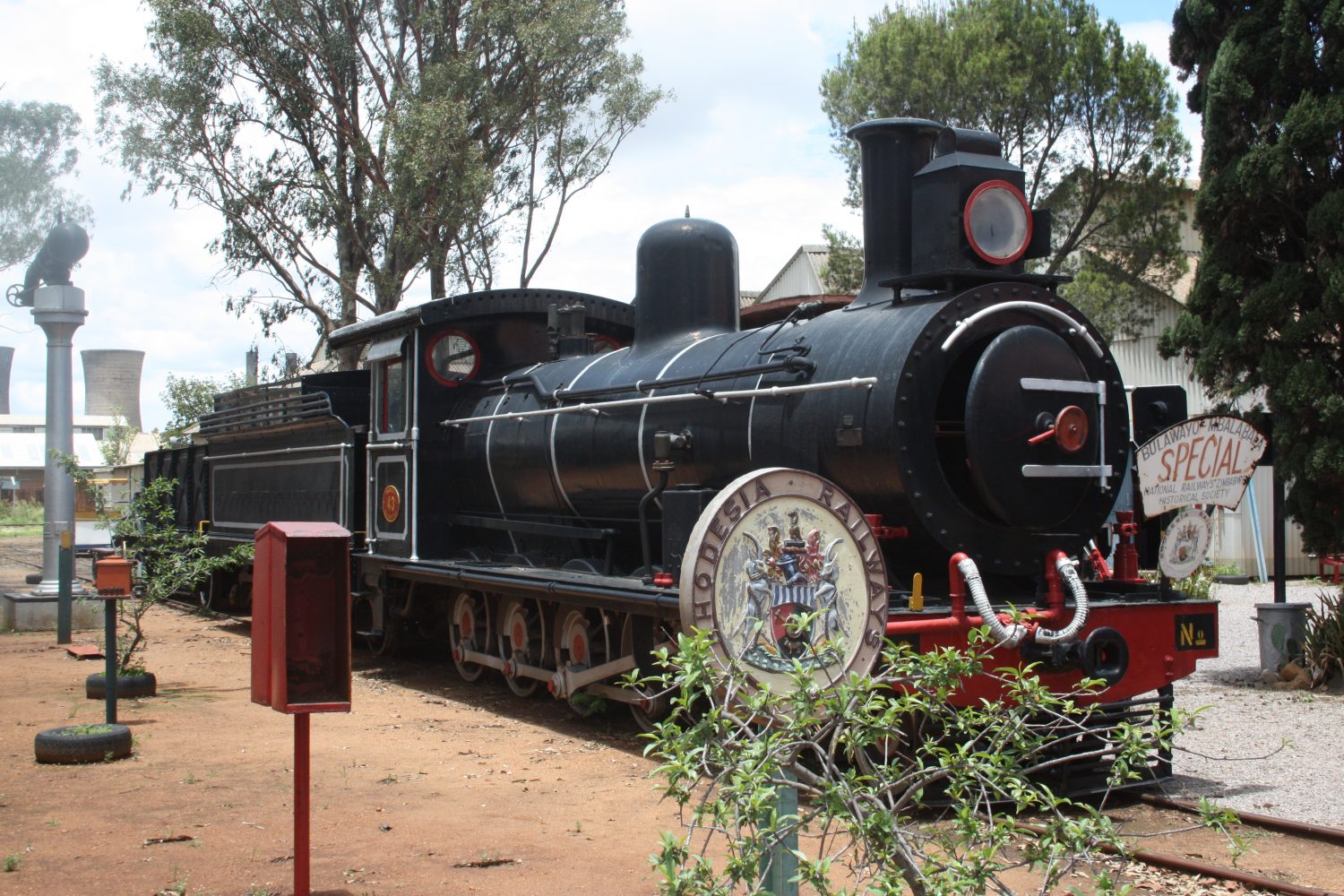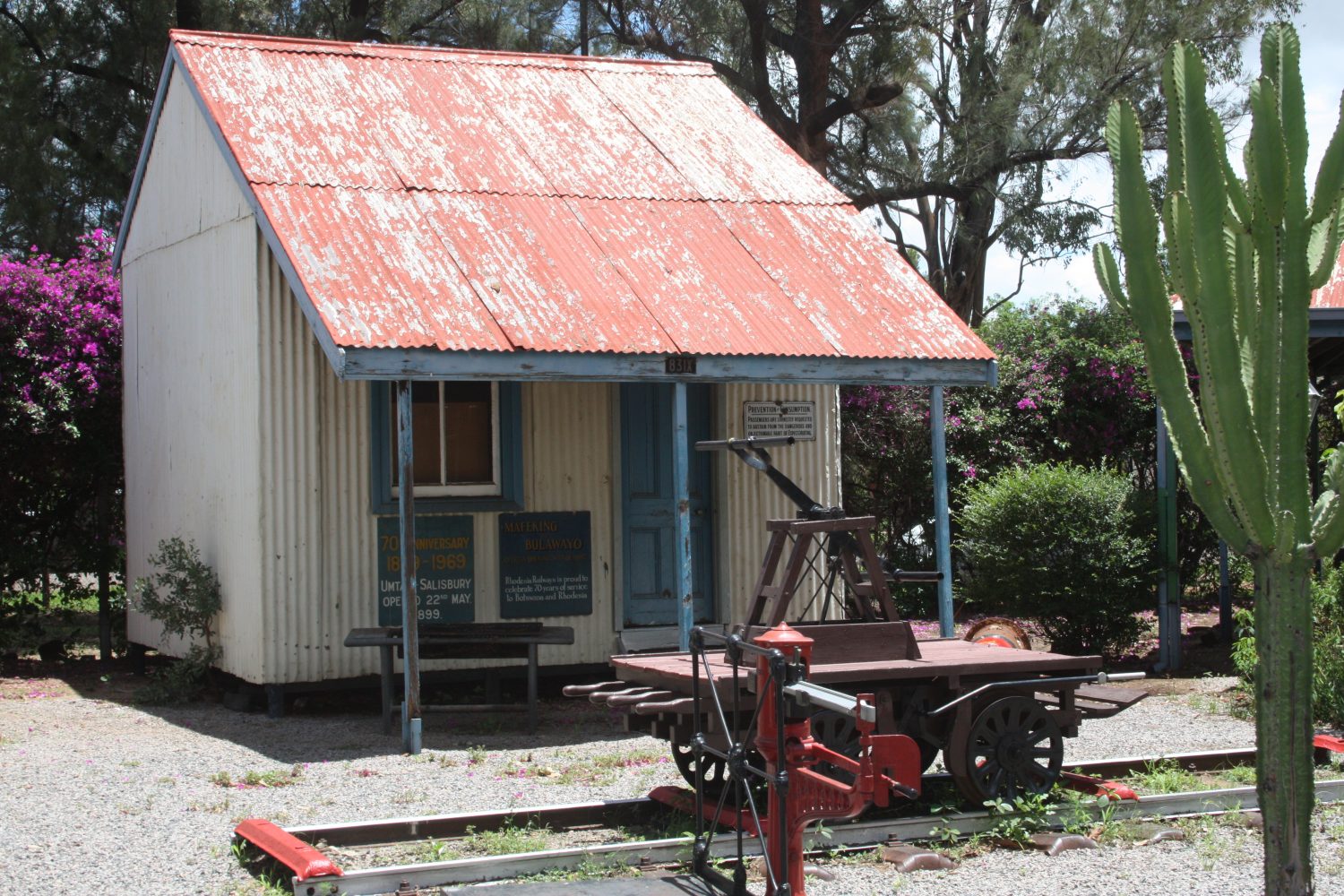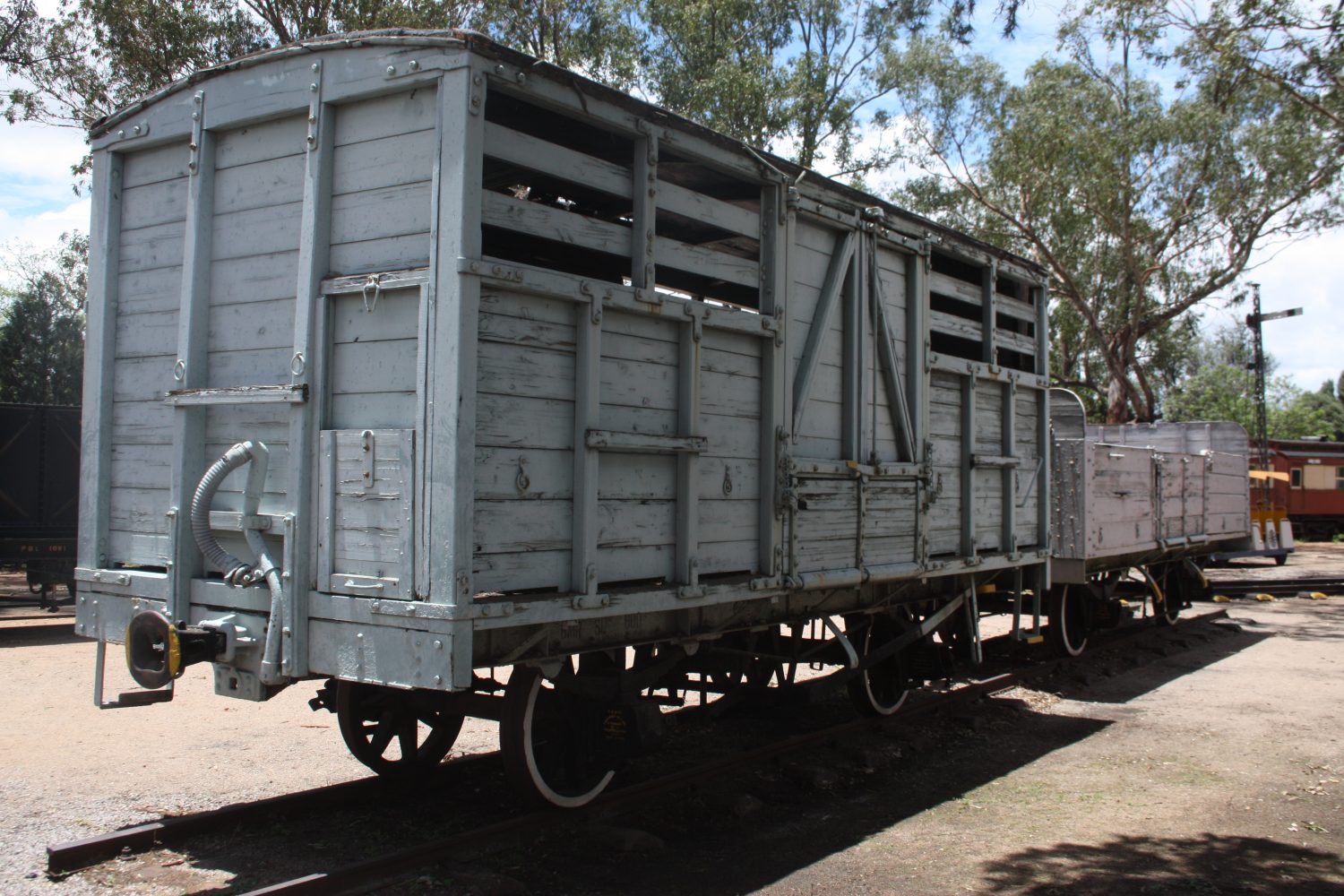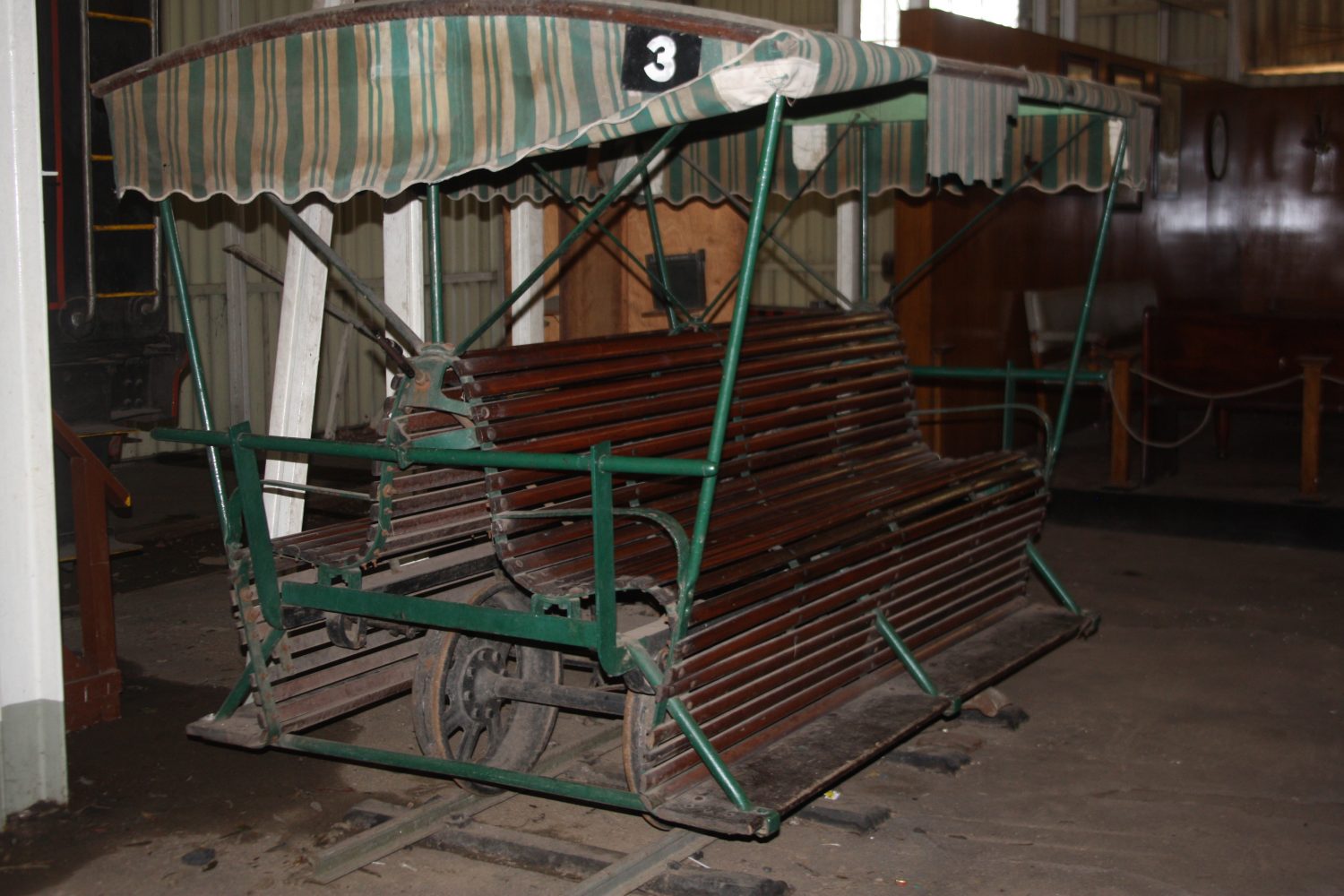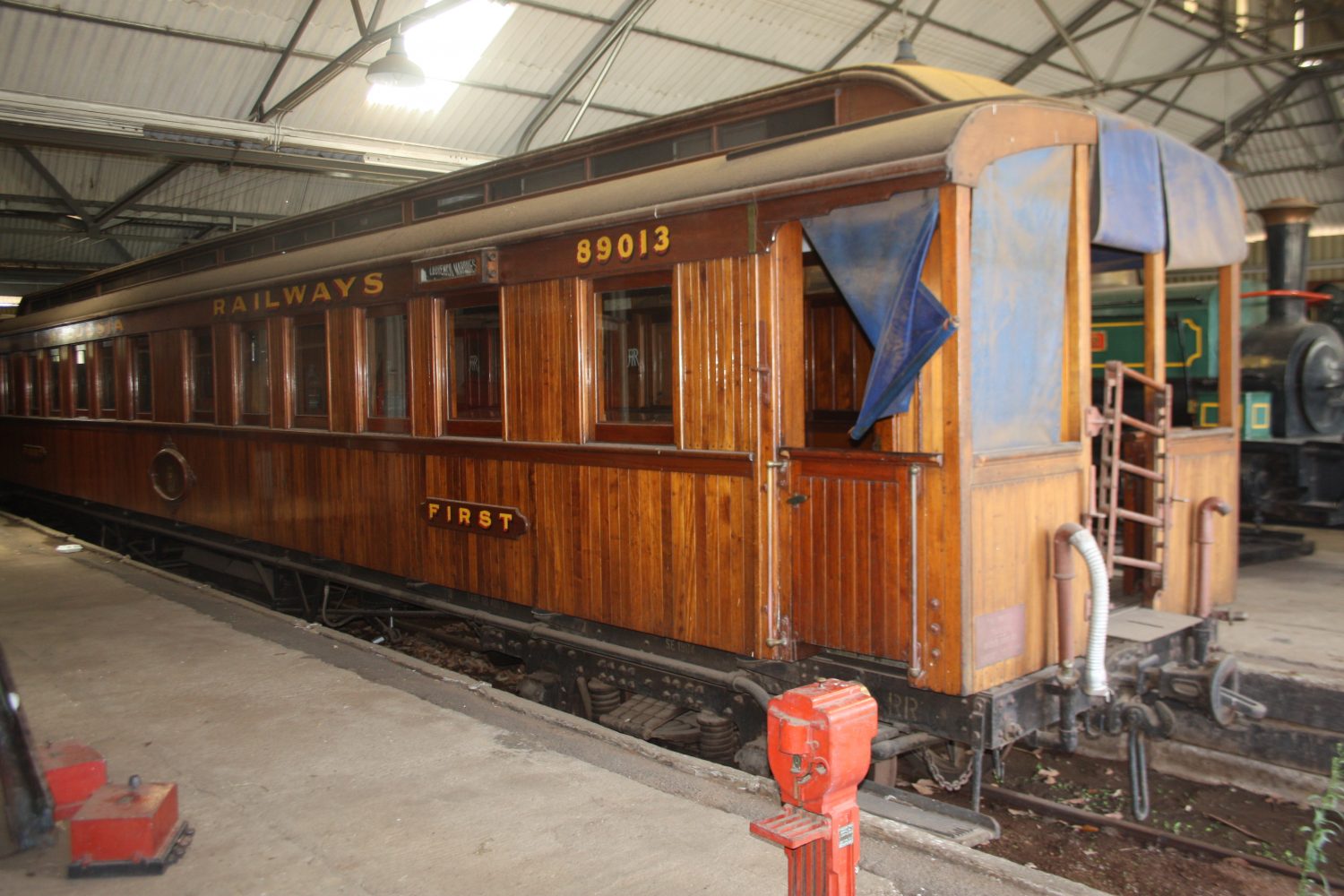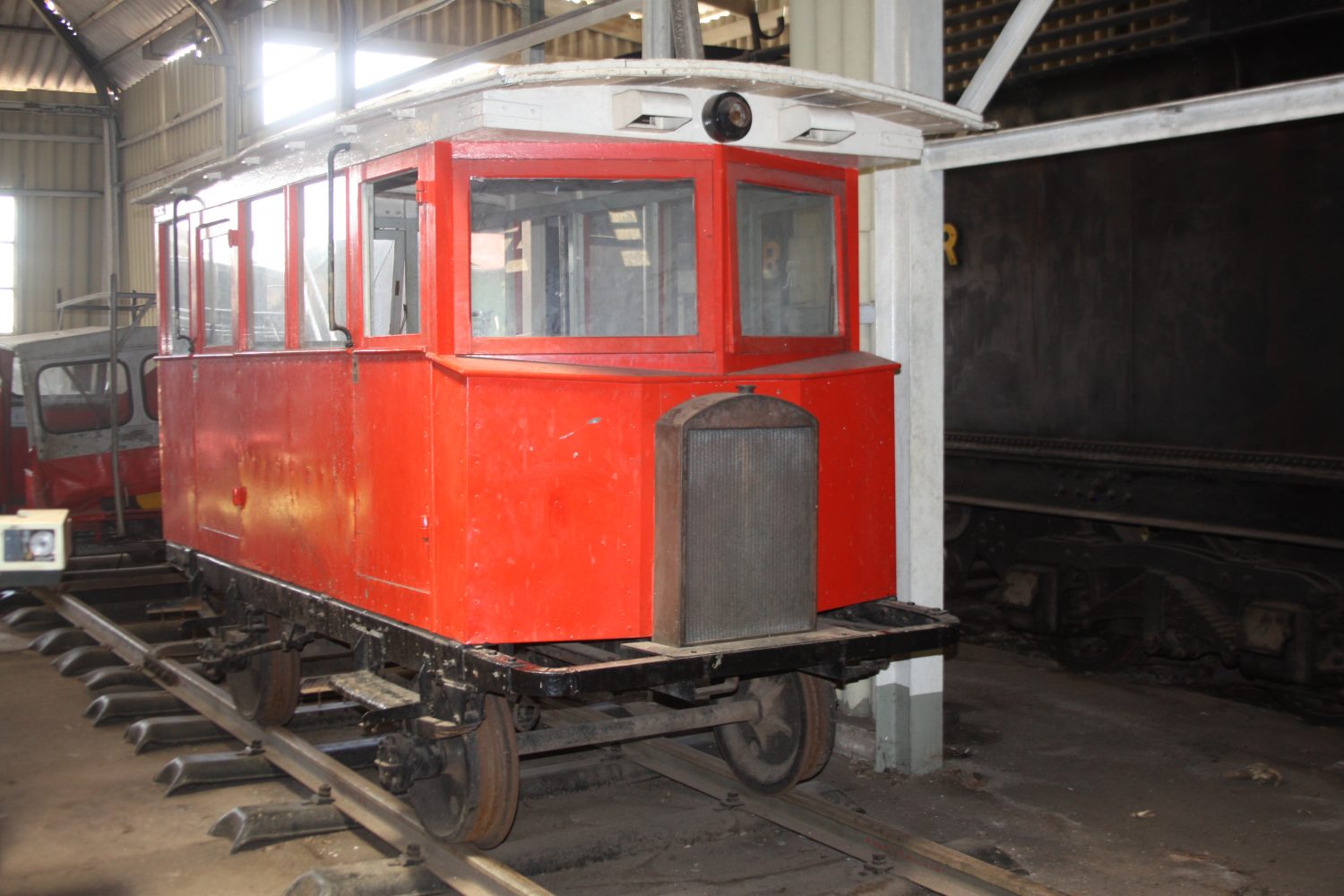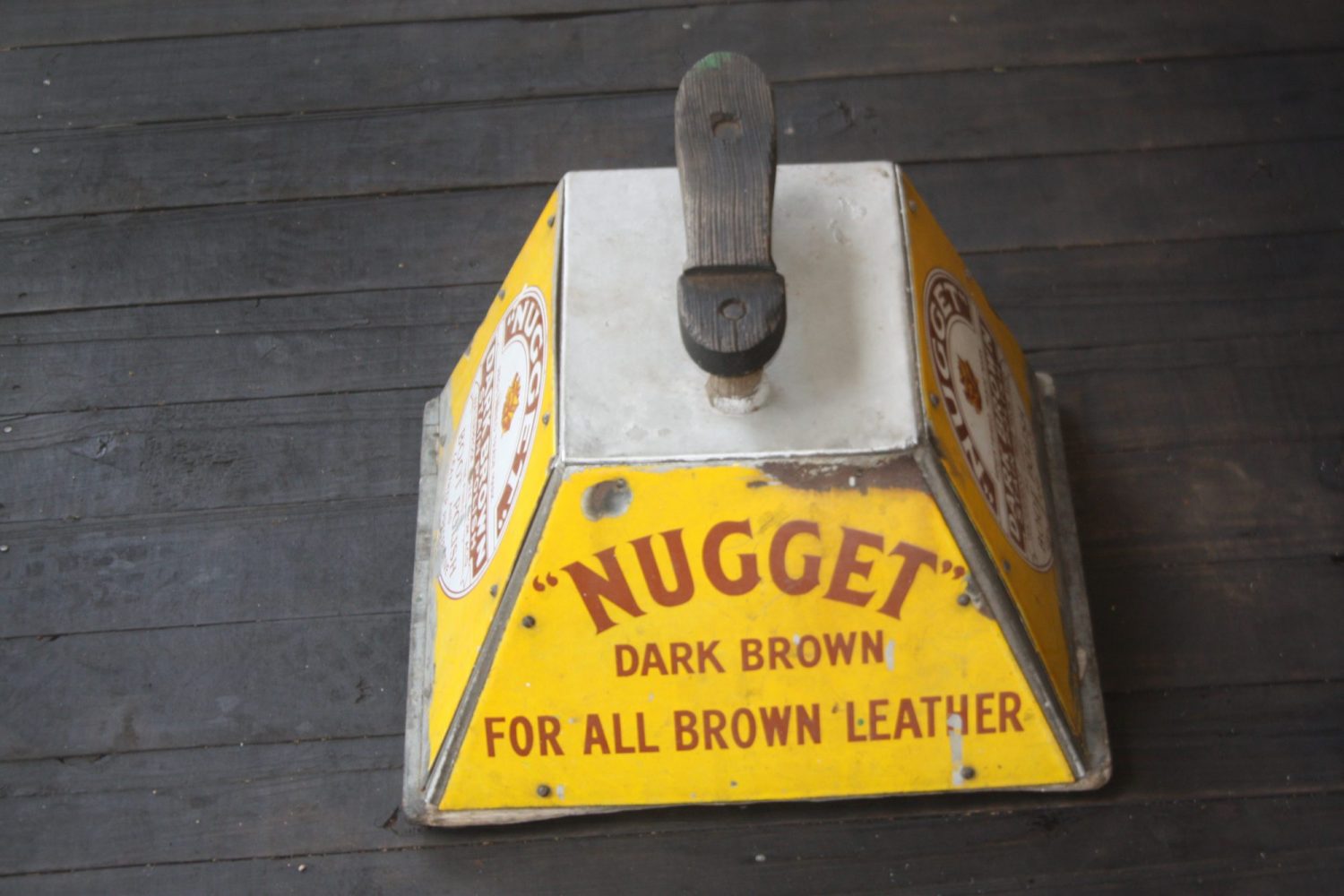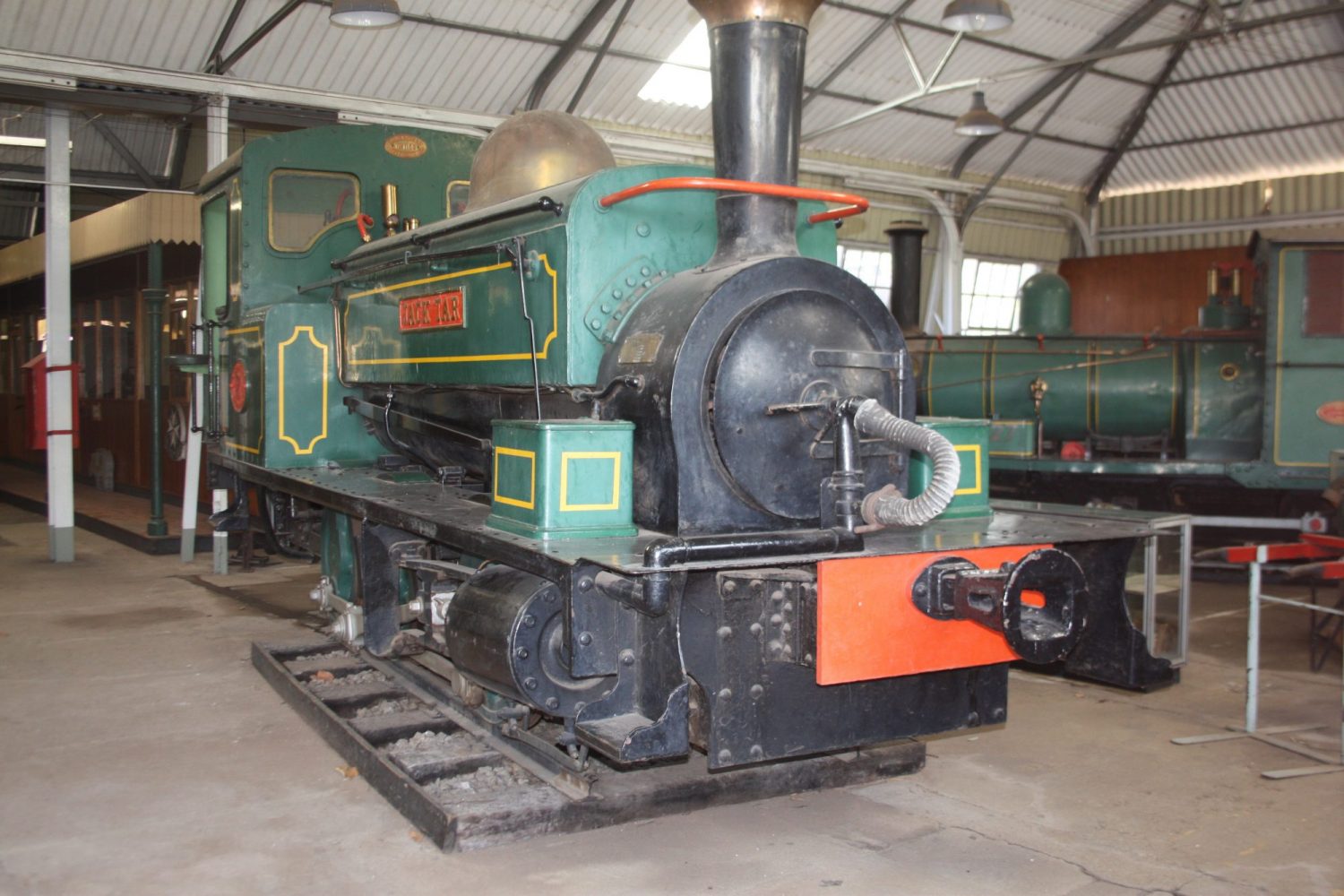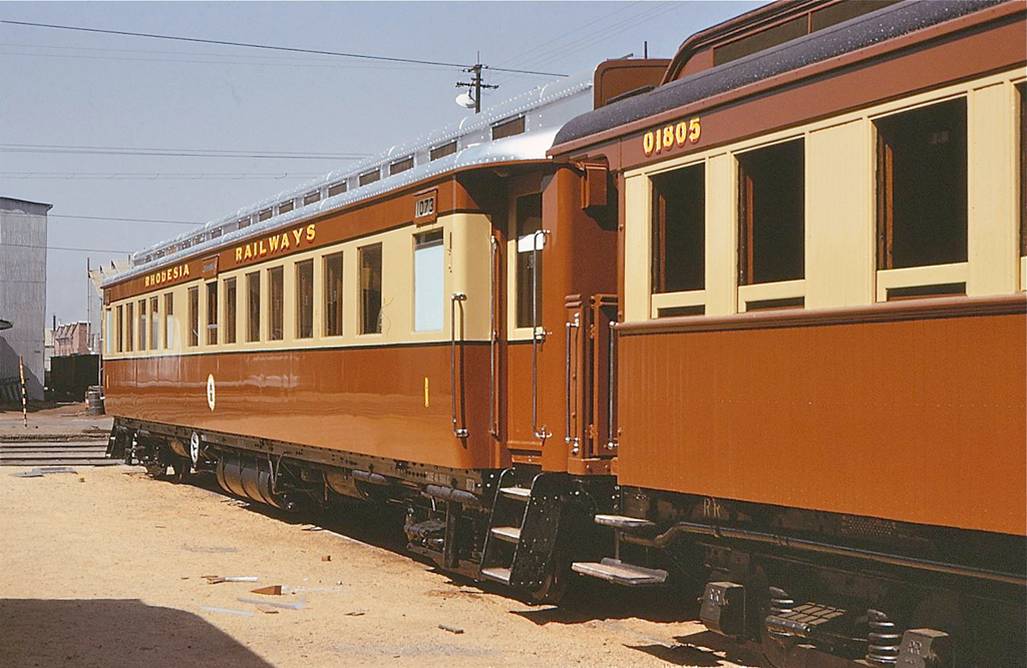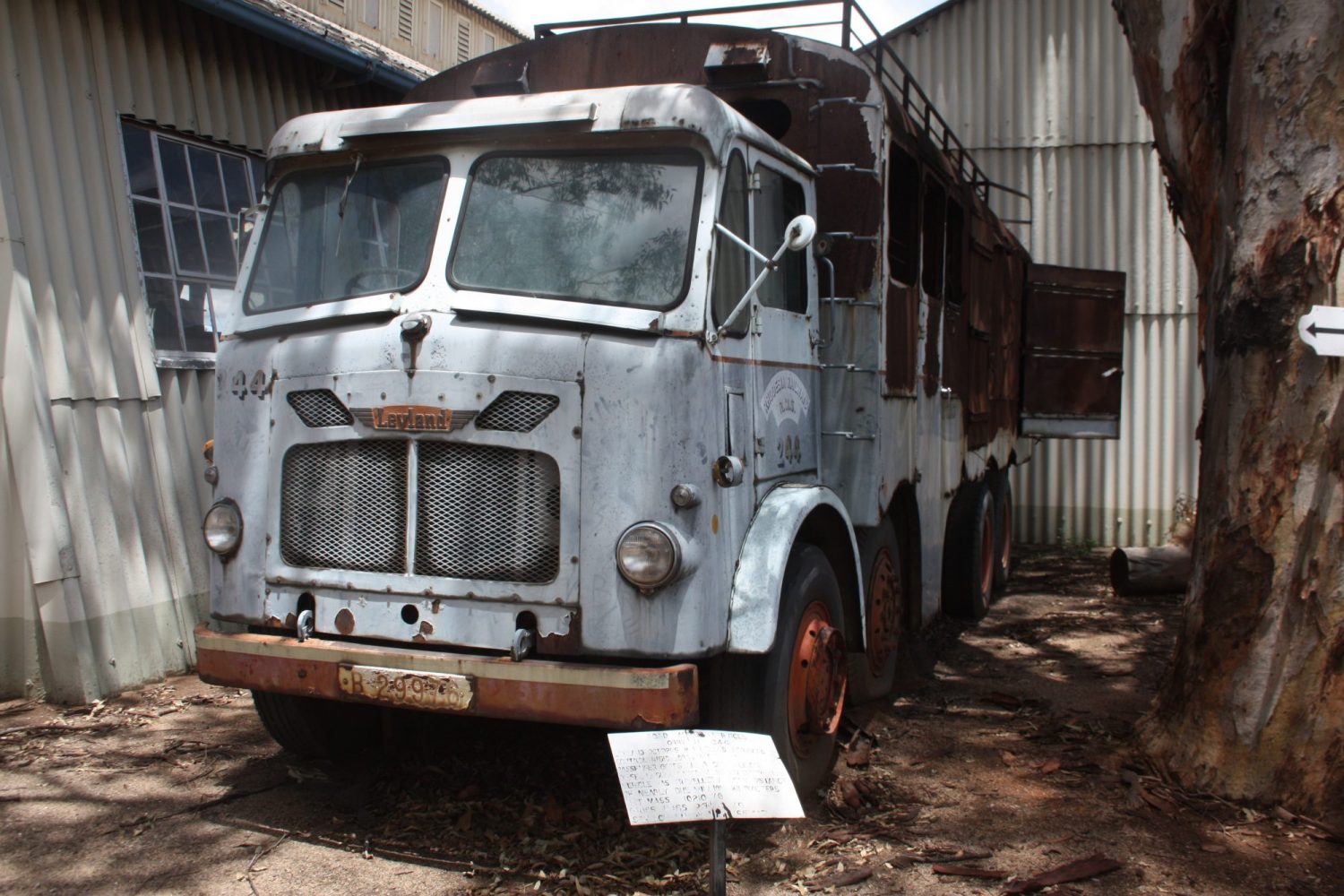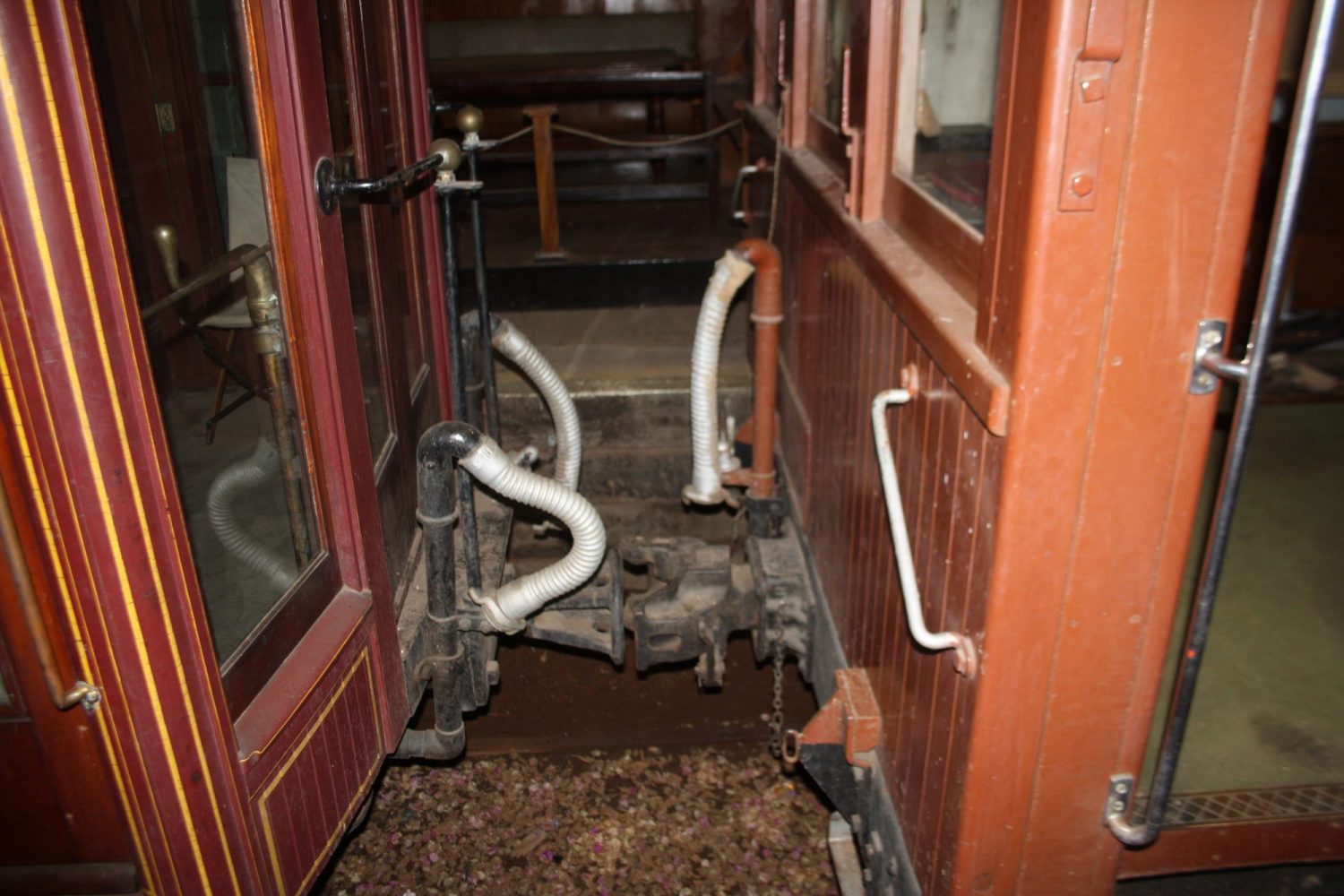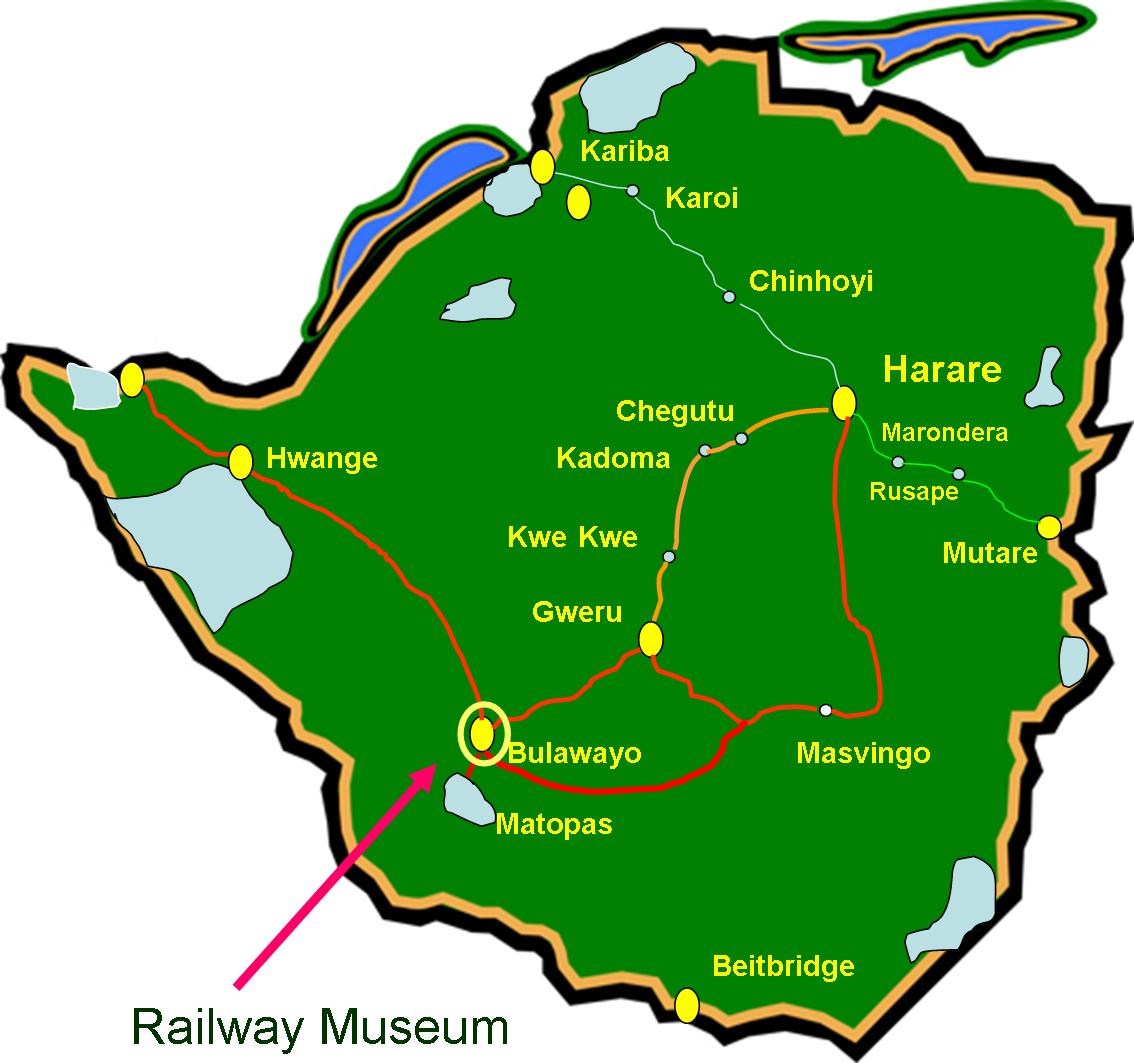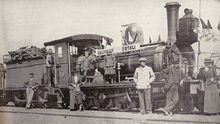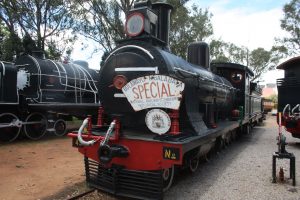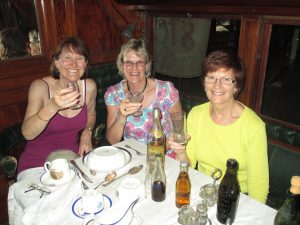Railway Museum – Bulawayo
Situated in Prospect Avenue and Crew Road, Bulawayo
The museum receives no Government support and is sadly short of funding and is run on a shoe string. Given the museum’s financial situation it relies on small donations from visitors. The entrance fee is a nominal US$3.
Despite its funding restraints the Railway museum is a must see and would be of great interest to both railway enthusiasts and historians given the range of exhibits. The railways were a significant contributor to the development of the country from the 1890s and during its existence has had one of the best collections of steam engines in the world.
The museum is run by Gordon Murray a retired 37 year railway veteran of the railways and he is supported by other volunteers. Gordon’s knowledge and enthusiasm makes the tour very interesting and enjoyable. Amongst the museum’s many exhibits is Cecil John Rhodes carriage which is in mint condition. Other then engines, carriages and equipment there is a good selection of crockery and cutlery and some wonderful photographs including those from Royal visits. You will find old signal lamps and vintage phones from the 30’s and 40’s era and learn what an important role trains played and how they contributed to the progress of Southern Africa and Rhodesia (now Zimbabwe).
There are old luxury couches and cargo wagons to explore at the old railway station and also on site is the Jack Tar, which was used in the construction of the Victoria Falls bridge. See ‘Railway History’ below.
If you are a railway buff you will be totally in your element. If you are interested in Zimbabwe history you will be impressed and if you are just a general tourist or visitor you ought to find enough to interest you for an hour or so.
It is a good place for children too as there are so many old locos and carriages to climb onto and into, even a little hand pump action trolley to play with. It is accessible to wheelchairs in a general sense but some exhibits are not.
At A Glance

Railway History
- The development of the railways in Southern Rhodesia (now Zimbabwe) was directed by several considerations among which was the need to establish a line to serve the fast growing mining and agricultural sectors and to link the land locked country with sea-ports in Mozambique and South Africa.
- The first train arrived in Bulawayo in 1897.
- Line construction began from Fontesvilla (55km from Beira, Mozambique) to Umtali (now Mutare) in September 1892 and from Vryburg in Cape Province, South Africa to Bulawayo in May 1893. The latter was completed in October 1897 and the former four months later in February 1898.
- The link between Salisbury (now Harare) and Bulawayo took place in October 1902 after the initial construction was brought to a halt by the outbreak of Anglo-Boer war in October 1899 which necessitated the supply of materials via the Beira line.
- The next stage was the construction of the line northward which began from Bulawayo in 1903 and eventually reached Northern Rhodesia (now Zambia) and Democratic Republic of Congo border in December 1909.
- Up to September 1927, the whole system was operated by the Mashonaland Railways Company under the title Beira and Mashonaland and Rhodesian Railways, but as from October 1, 1927 the Rhodesia Railways Company became the working company.
- The Rhodesia Railways Limited assumed ownership of the whole railway system in the now Zimbabwe, Zambia and the Vryburg to Bulawayo section in 1936. The Vryburg to Ramathlabama (South Africa / Botswana Border) section was later acquired by the South African Railways in December 1959.
- On 1 April 1947, the Rhodesian government acquired the assets of the Rhodesia Railways Limited. The railway undertaking became a statutory body known as the Rhodesia Railways on 1 November 1949.
- On 1 July 1967 the rail network was split at the Victoria Falls Bridge with Zambia Railways taking over the northern railway system and Rhodesia Railways the southern one.
- On 1 June 1979 the title of Rhodesia Railways changed to Zimbabwe Rhodesia Railways and finally to National Railways of Zimbabwe on 1 May 1980 after the nation attained its independence from the UK.
- A giant leap in the development of the transport system of Zimbabwe – in fact the single most significant event since the arrival of the railway itself – was made in 1983 with the electrification of the busy mainline, a distance of 305km between Harare and Dabuka marshalling yard near Gweru in the heart of the industrial Midlands. The inaugural train journey was on 22 October 1983 after the successful electrification programme which was completed in two years.

Railway History Continued
- In 1987 the NRZ relinquished ownership of the Botswana section of the railway line and this gave rise to the formation of a separate entity – Botswana Railways.
- September 1992 saw the arrival of Diesel Electric (DE) 11 class of locomotives, thereby boosting the main line fleet and enabling the NRZ to cope with greatly increased traffic volumes.
- Following the acquisition of DE 11 locomotives, steam locomotives were withdrawn from mainline operations in July 1993, but a small number was retained for use on special ‘steam safari’ services.
- In 1996 the Government of Zimbabwe awarded a BOT concession to New Limpopo Projects Investments Ltd (NLPI), which saw the construction of a new link between West Nicholson where NRZ’s network ended to Beitbridge, thereby providing a more direct rail link between Beitbridge at the border with South Africa and Zimbabwe’s second largest city of Bulawayo. NLPI incorporated a Zimbabwean registered company, Beitbridge Bulawayo Railway Ltd to operate the new link all the way to Bulawayo.The NLPI BOT concession line was inaugurated on 15 July 1999.
- 1997 saw the turning point in the history of the railways after the deregulation of the transport industry which allowed NRZ to operate as a commercial entity while competing with other players in the transport industry.
- To mark its 100 years of existence the NRZ, in 1997, ran a train which traced the original developmental route of the railways.
- A new-look fleet of passenger coaches equipped with state-of-the-art equipment were acquired in 1998 to replace the iconic brown wooden ones plying on the Bulawayo-Harare and Harare-Mutare routes.
- In 2001 the National Railways of Zimbabwe introduced a commuter train service in Harare and Bulawayo to cushion urban commuters from rising transport costs.
- In Bulawayo the commuter train service was introduced along the Luveve and Emganwini routes while in Harare they plied the Marimba, Dzivaresekwa and Ruwa routes.
- Passenger trains to service branch lines between Harare-Bindura, Harare-Chinhoyi, Gweru-Masvingo and Bulawayo-Beitbridge were introduced in series from 2003.
- The Bulawayo-Francistown passenger train service was re-introduced on 19 May 2006.
- Many of NRZ’s services have ceased to operate due to a lack of funding for repairs and maintenance and replacement.
“The visit to the railway museum was so amazing…so many wonderful artifacts. The museum has some wonderful items but the place needs more volunteers and funds to get it more organised.”
“
“Railway enthusiasts as well as historians will love what the Railway Museum has on offer and I highly recommend it to anyone. Children will absolutely love it.”
“A fantastic visit and a real eye opener. I would recommend giving yourself a couple of hours and preferably getting a guided tour from Gordon or one of his team. It is well worth it.”
“What amazing things the museum has…I just wish it was housed properly. The volunteers do their best with limited funds but what an interesting place. I highly recommend a visit”

